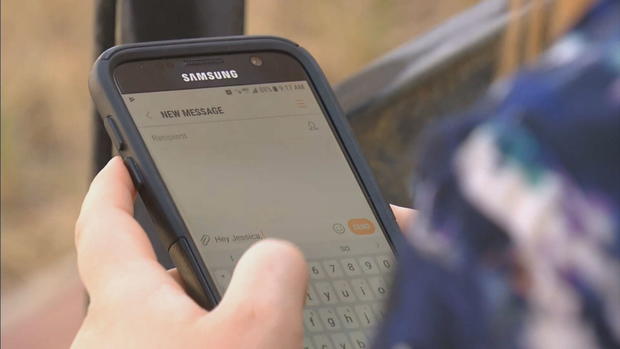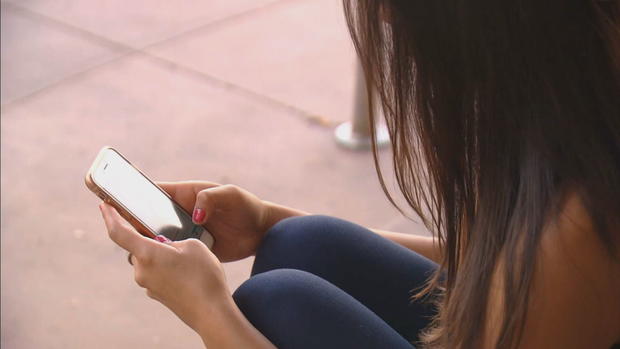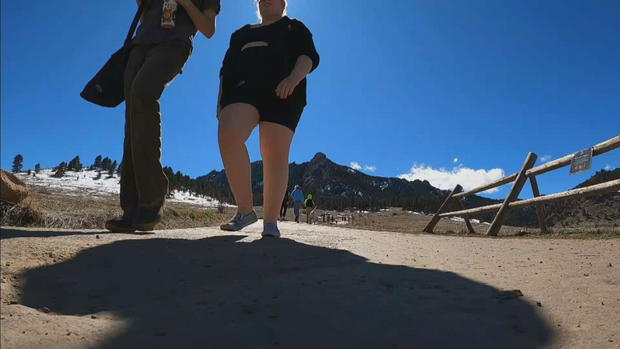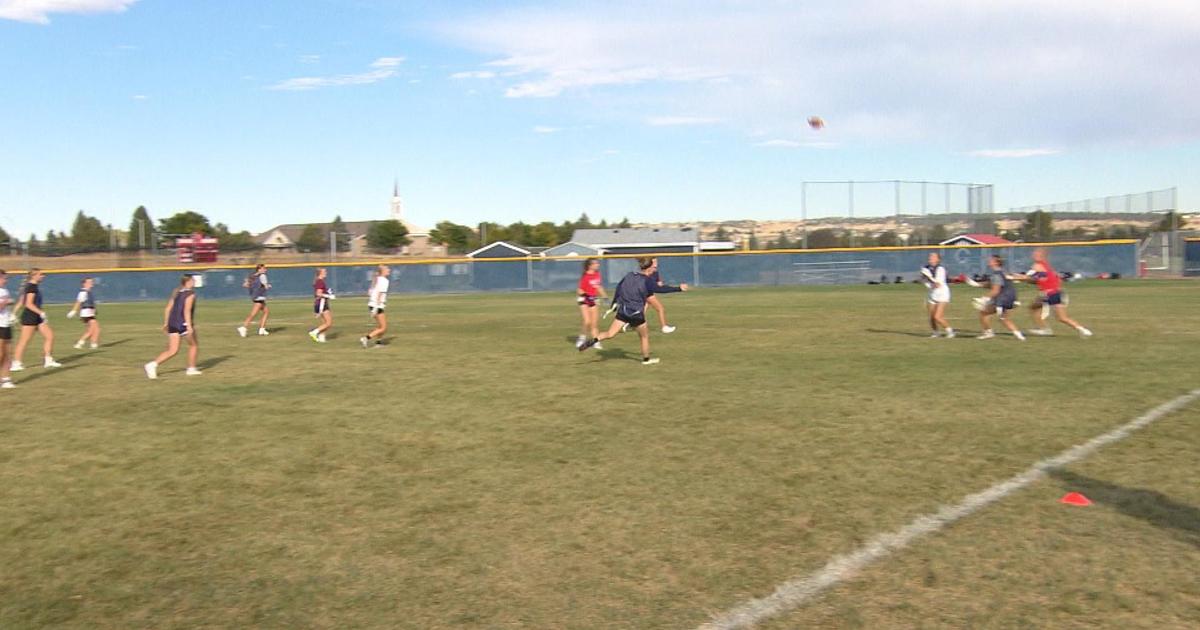Colorado Researchers Find Mobility Drop Off During Stay-At-Home Order
FORT COLLINS, Colo. (CBS4) – Data collected from cellphone users across Colorado shows many metropolitan communities were quick to respond to the COVID-19 stay-at-home orders, while others were slower to comply. Data, which some cellphone users give away through application location services, allows the state and researchers to better correlate the spread of coronavirus with mobility in communities.
"People responded pretty dramatically to the risk of COVID-19 and to the stay at home orders," said Jude Bayham, Assistant Professor in the Department of Ag Economics at Colorado State University.
Bayham and other researchers from around the state teamed up to review the data which was gathered from different smartphone applications. When users agree to share their locations on some applications, that data is then provided to third parties like those researching mobility in Colorado. Based off the pooled information, Bayham was able to evaluate movements between neighborhoods and shopping areas.
"(We can review) time spent at home, visits to certain types of stores, restaurants, and retail. Things like that," Bayham told CBS4's Dillon Thomas.
According to the data, which cannot be easily traced back to individual users, most Coloradans followed Gov. Jared Polis' orders to stay at home following the emergence of COVID-19. The data also showed some communities, especially those in more urban areas, took the order more seriously.
"The mobility in Denver and Silverthorne fell more rapidly than in Fort Collins and Durango," Bayham said.
Bayham said the data is pulled from roughly 10% of smartphone users in Colorado, which allows them to get a decent understanding of most movement.
"(We want) to understand how people have changed behavior in response to COVID-19," Bayham said.
During the stay-at-home order, data showed Coloradans were more likely to stay home. Trips to grocery stores, personal care businesses and entertainment venues plummeted. At the same time, Bayham said visits to parks and open spaces increased during the same period.
The same phones that provided the data during the stay-at-home order also showed Coloradans were eager to return to a sense of normalcy.
"Midway through April we started to see a trend in the other direction," Bayham said.
Researchers hope to compare the data to coronavirus cases in concentrated areas in the future, potentially being able to link future outbreaks to mobility patterns. Bayham said one of the main concerns is the phone data's inability to convey whether or not someone is wearing a mask or washing their hands frequently, which could skew the study slightly.
Bayham said the very devices people use to communicate every day could be a small key in helping mankind navigate through a pandemic.
"We, obviously, had pandemics before. What we didn't have is real-time information," Bayham said.






